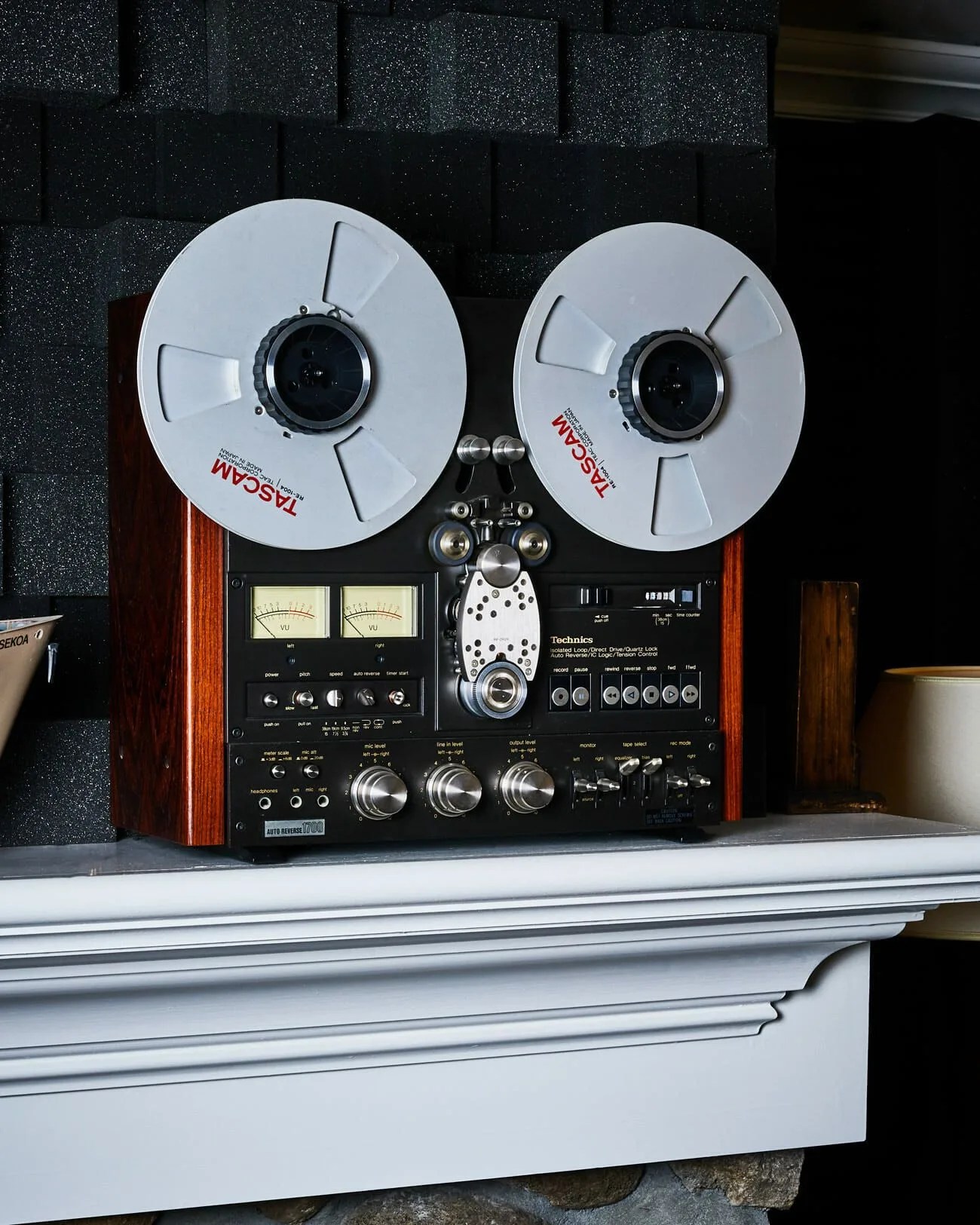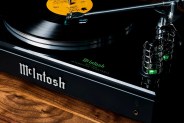All through the ’60s, ’70s and ’80s, magnetic tape formats like the 8-track and cassette were audiophiles’ technology of choice. They played high-resolution tracks, had an impressive dynamic range and dealt with relatively little signal processing.
The compact disc effectively killed these formats in the ’90s, with all major manufacturers — Teac, Akai, Sony, Revox and Panasonic — ending production of consumer tape machines not long after. But there are whispers of a revival, specifically for the large and beautiful open-reel machines that look like they came directly from the studio where Blood on the Tracks was recorded.
The renewed interest from purists has less to do with aesthetics than sound quality; there’s a reason reel-to-reel was the format of choice for professional music recording for decades, and it’s why some authenticity-minded modern artists like Jack White, Lady Gaga and The Black Keys still favor the technology. But if you’re on the hunt for a reel-to-reel player of your own, don’t make the mistake of buying something actually meant for the studio — those are designed primarily for recording, not filling your living room with deep cuts.
“A homeowner wants to play stereo tracks,” says Fernando Zorrilla, founder of SkyFi Audio, a New Jersey company that refurbishes old tape machines. “There are machines for playback of stereo that look identical to the ones made for studios — don’t buy yourself a studio machine, it won’t play right.”
 Henry Phillips
Henry PhillipsReel-to-reel tapes come in various widths. Recording studios use half-inch or 1-inch tape for production but musicians don’t release their work at that size. Hi-fi hobbyists should stick to quarter-inch tapes — and the machines that can play them. There are new examples on the market, specifically from German company Ballfinger, which sells four gorgeous handcrafted models direct from its Duesseldorf factory. The only issue: entry-level models start around $12,000 and climb, precipitously, from there.
Don’t make the mistake of buying something actually meant for the studio — those are designed primarily for recording, not filling your living room with deep cuts.


